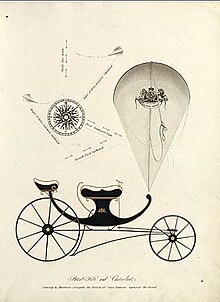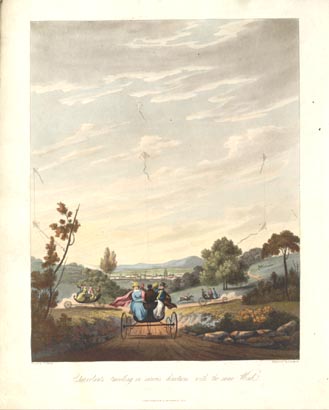[First, congratulations to Dawn Pearson, who won the three
autographed books from last week. Many of you guessed here and on Facebook. The
answer to the question as to the actor I had in mind as my physical model for
Simon Wallin in the upcoming A Convenient Christmas Wedding was a young Val
Kilmer. Thanks for commenting, all!]
August 30 marks the 300 year anniversary of the birth of an
extraordinary man, for whom we can credit much of the landscape of 18th
and 19th century English estates. That man was Capability Brown. Suitable
name for a fellow who specialized in landscaping, don’t you think?
His first name, however, was actually Lancelot. Capability
was his nickname, possibly because he is quoted as having said that his landscapes
had great capabilities. Born in 1716 in Northumberland, to a father who was a land
agent and a mother who worked in the great house of Kirkharle, where he first
apprenticed and then became a gardener when he was 23. After a few other
assignments on various estates, he moved to the great house at Stowe, where he tutored
under the landscape master William Kent and was given greater and greater
responsibility for the landscape and architecture. He would go into business
for himself and ultimately serve as Master Gardener for George III at Hampton
Court.
Brown had a simple idea for his landscapes—combine elegance
with comfort. Ornamental ponds were placed so as to resemble a natural river
winding through the estate. Buildings were tucked in around plants and not the
other way around. Some say his work was underappreciated because it so closely
resembled nature that no one knew how hard he’d worked to achieve the effect!
Whether he simply provided plans for the landowner to
follow, sent a foreman to make sure the work was done to his specifications, or
oversaw the work himself, Brown contributed to more than 260 projects during
his lifetime. Nearly 60% of those projects are still in place today.
Brown himself did not do well financially, alas. It seems he
sometimes allowed his clients to determine what his work was worth,
occasionally earning less than he would have been paid otherwise. He died when
he was only 66, collapsing from his work.
But he certainly left his mark on the English landscape. Not
surprisingly, a number of locations are celebrating his 300th
birthday. For more information, try
The Capability Brown Festival, managed by the Landscape
Institute
National Trust links to sites celebrating the anniversary
Blenheim Palace Festival site
Harewood festival site
All I can say is that when it comes to gardening, there’s
very little capability and a whole lot of brown at my house.
And speaking of houses, Marissa and I sticking around our houses on vacation next week leading up to Labor Day weekend. But I'll be back right after Labor Day to celebrate the launch of A Rancher of Convenience. :-)
And speaking of houses, Marissa and I sticking around our houses on vacation next week leading up to Labor Day weekend. But I'll be back right after Labor Day to celebrate the launch of A Rancher of Convenience. :-)




















